Thyme plants can die if they are getting too much water causing their roots to rot, if they are not getting enough sun, not enough water, are growing in poor soil or due to a lack of proper pruning. To save a dying thyme plant in a pot, repotting into fresh potting soil is the best way to revive it.
Save a dying thyme plant grown in the ground by trimming off any damaged leaves and stems and water it when the soil is dry.
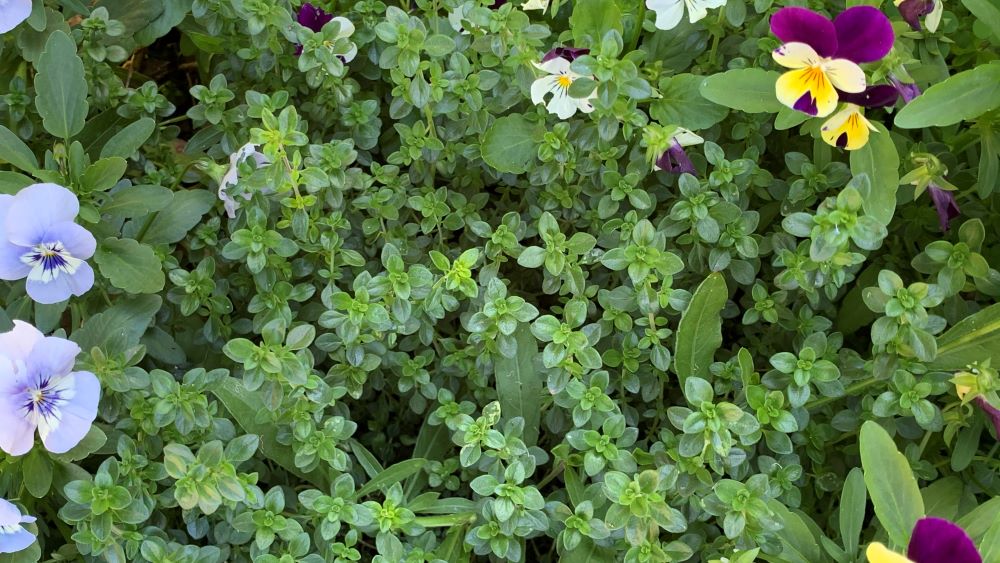
The most common cause of a thyme plant dying is due to it getting to much water. Overwatering or high rainfall can be a problem but planting thyme in pots can be a great solution.
This article will explore the top reasons why thyme plants will die and easy solutions.
The top 5 reasons why thyme plants die
Here are the top reasons why thyme plants will die and what you can do to prevent and solve these problems.
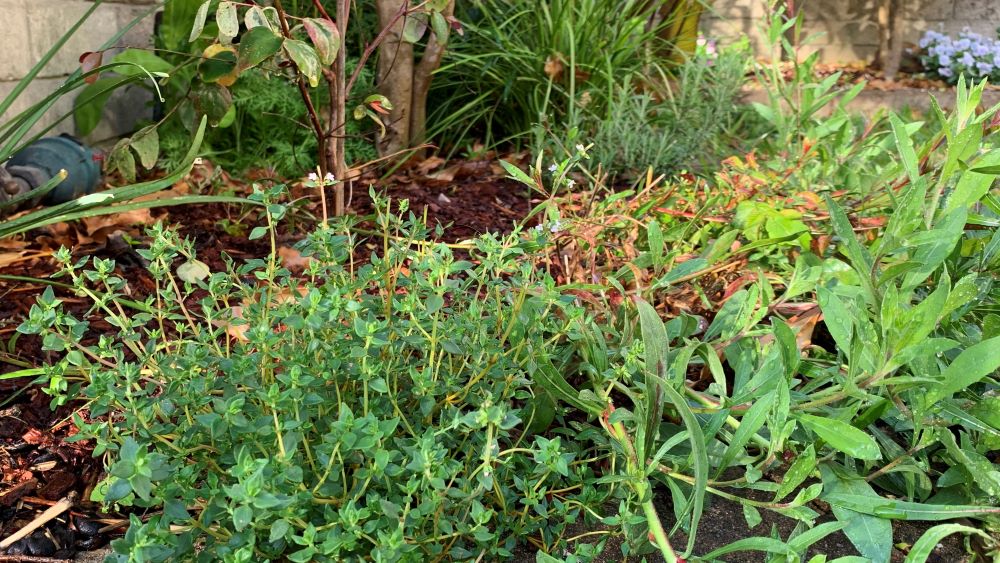
1. Too much water rotting the roots
The top reason why thyme plants die is due to overwatering. Thyme plants are sensitive to too much water and their roots can quickly rot.
Thyme is a Mediterranean herb used to hot, dry summers and cooler winter. They are used to rainfall over winter and the soil drying out between watering. For thyme grown in heavier clay soils, shade or in areas that get more rainfall they can die due to too much water.
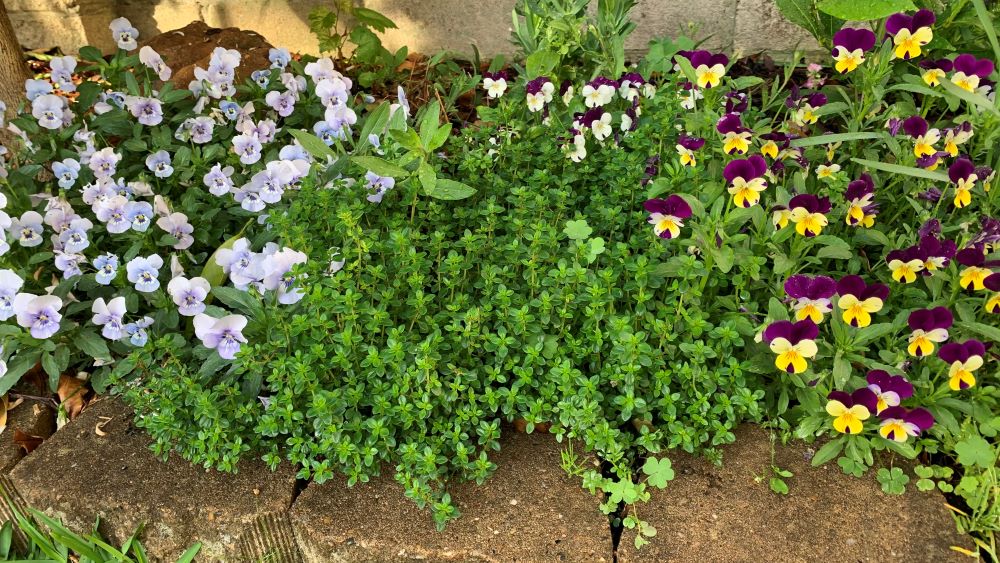
We live in a temperate to sub-tropical area and I need to choose carefully where I plant thyme. For me, I plant it in the sunniest spot in my garden and choose an area that is raised so it drains well. I rarely water my thyme as it gets enough from the natural rainfall.
If you live in a climate that is similar to the Mediterranean, thyme will thrive. Allow them to dry out between watering and only add more when the top 2 inches of soil have dried out. I always mulch thyme with bark mulch to absorb any extra rainwater.
2. Not enough sun
Lack of sunlight can cause a small thyme plant to die quickly. Thyme loves sunlight and those planted in shaded areas can be stuck in wet, soggy soil and they can grow leggy.
I had planted a thyme seedling that ended up being shaded by a nearby shrub. It grew long, leggy and only 1/10th the size of another thyme plant grown in a sunny spot.
Thyme plants that lack sun can stay too wet and will struggle to photosynthesize to make food for themselves.

The solution to this problem is to lift the thyme plant out of the ground with a spade and move them to a new spot in your garden. I shifted this thyme plant and it will be ready to bounce back in a week or two. I trimmed off half the stems and will water it in well to help it recover and settle it into the new space.
3. Not enough water
Thyme plants that are left to dry out over a long period of time can also die. This is more common for thyme grown in pots but can also happen over a long hot summer when the soil dries out.
When I lived in a dryer area of Australia, I was watering thyme 1-2 times per week over summer otherwise it would have dried and died.
A thyme plant dying from a lack of water will go brown and crispy on the ends of the stems. The leaf tips can also go brown and dry. The stems can start to go woody and will snap off easily.
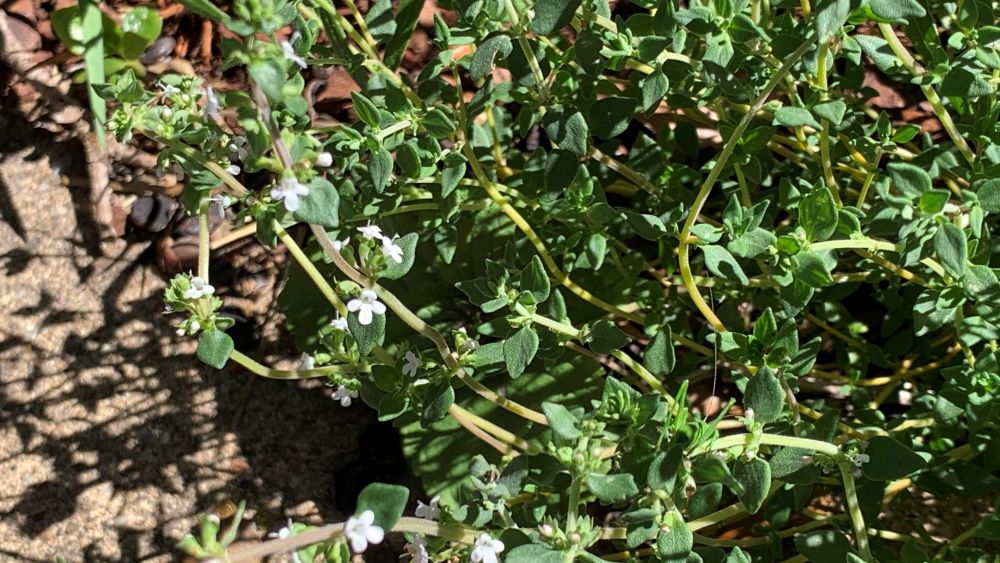
Thyme that is dying from a lack of water will recover if you catch it early enough. Trim off the ends of the stems and thoroughly water the plant. Add a dash of seaweed solution to the water and repeat again after 2-3 days.
In warmer weather you will start to see new thyme leaves grow through. Water the plant regularly, check it every 3 days and add more water if the soil has dried out.
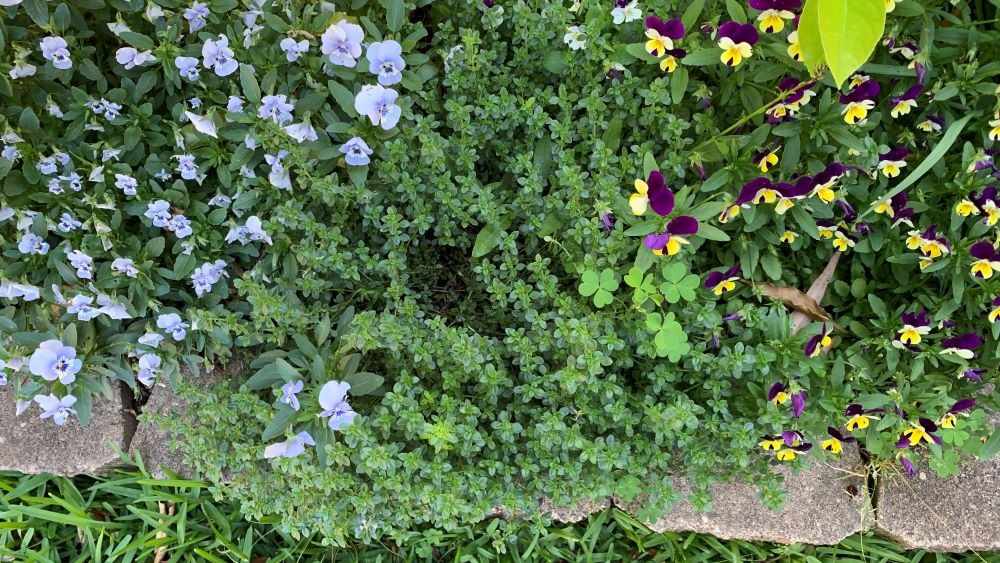
4. Poor soil
Potted thyme plants can eventually run out of nutrients from the potting soil. Potting soil can become compact which will also make it hard for thyme to absorb the nutrients it needs.
Thyme plants growing in very sandy or clay soils can also suffer and eventually die. Improve the soil by mixing through compost and aged cow manure before planting new thyme. This will add nutrients and help with drainage.
Thyme plants need minimal fertilizer but an addition of pelleted chicken manure in spring will keep them well fed. Thyme will need to be repotted every 2-3 years. Refresh the potting soil and replace it with premium potting soil.
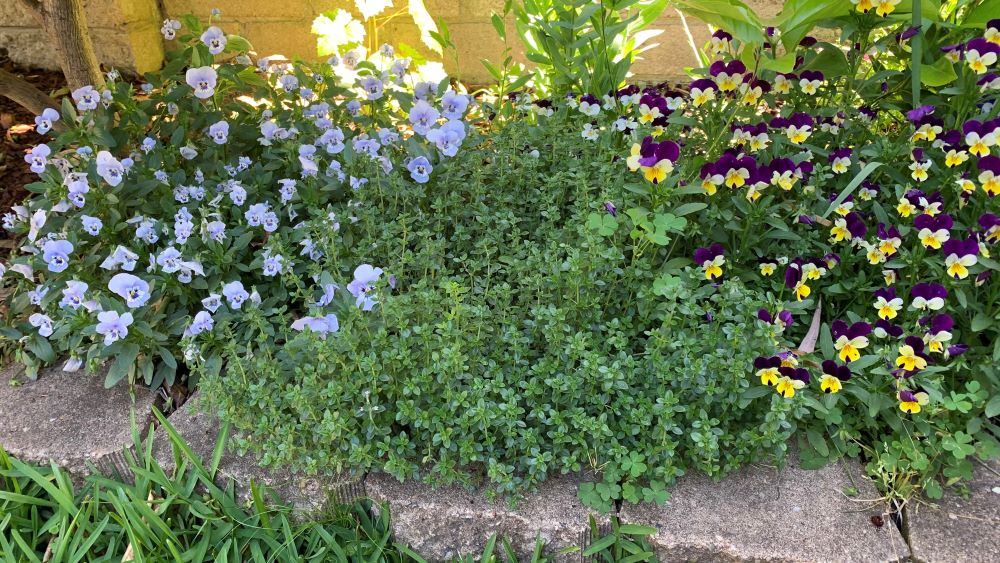
5. Not pruning thyme regularly
Another cause of thyme death is due to a lack of pruning. Thyme benefits from a regular trim, cutting off the top few inches of the stem even if you don’t need it for cooking.
Thyme will bounce back after harvest and regrow new stems and leaves. Thyme that is left unpruned can grow long and woody. Old leaves and stems will eventually die off and the plant can become choked with old growth.
Old thyme that is not pruned can become overgrown and can run out of space. The best way to deal with this is to prune it every 4 weeks over spring and fall. Take a maximum of 1/3 off at any one time.
The peak growing period of thyme is spring and summer so they will recover quickly in these warmer seasons.
Potted thyme plant problems
The top problems for potted thyme plants that can cause plant death are poor pot drainage, poor soil or too much water. Choose a pot that has plenty of drainage holes or drill some extra yourself. Thyme benefits from 5-6 drainage holes in pots.
Choose a premium potting soil and move a thyme quickly to a new pot if it looks dry and ready to be revived. Thyme will go relatively dormant over winter and slow its growth particularly for cooler regions. Repot thyme every 2-3 years in spring to promote new growth.
Thyme is forgiving, hardy and will respond well to the right amount of light, water and good soil.
TIP: Look out for blackening leaf tips as this can be a sign of overwatering.
How to save a dying thyme plant | Summary
Thyme is a hardy Mediterranean herb that hates overwatering. Most of the time this is the problem if your thyme starts to droop, turn black and die off. Lots of sunlight is also the key to success with thyme that loves a hot summer.
Always let your thyme dry out between watering and fertilize it in spring with a slow release nitrogen based fertilizer like pelleted chicken manure.
Happy growing.
I am an accredited practicing dietitian, experienced gardener and a dedicated cook. I love writing and sharing my experience so you can learn from my successes and mistakes.
